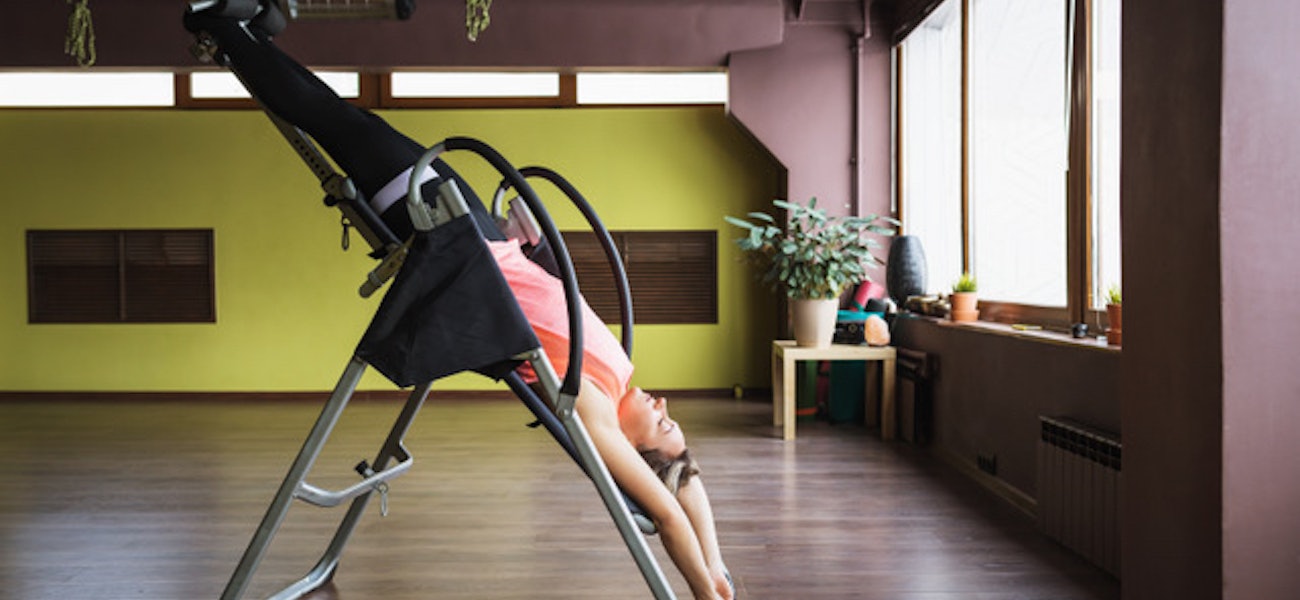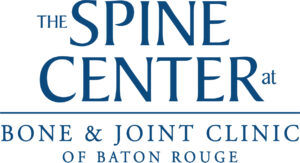Sponsored by The Spine Center of Baton Rouge
The return of warmer weather typically means we’re outside and moving more, whether that’s yardwork, sports or just taking more walks to enjoy nature. While outdoor physical activity has many health benefits, the drawback is that it can also lead to an increase in back pain!
Any medical practitioner who’s treated a significant number of spine patients has been asked the question, “Do inversion tables really work to relieve back pain?”
According to Meegan Domangue, physician’s assistant at The Spine Center of Baton Rouge, the answer is more complex than a simple yes or no. These reclining tables are designed to help stretch the muscles and soft tissue around the spine and provide a slight pulling from gravity (traction) to take pressure off the nerves and discs between bones of the spine (vertebrae).
Numerous studies have been done to determine the effectiveness of inversion tables on acute pain and/or chronic pain of the back. To date, most studies, including the most well-designed studies, fail to show a significant long-term benefit to inversion therapy.
Despite the lack of scientific evidence to back them up, many clients seen in a clinic setting will swear to their effectiveness. Some patients who have suffered from spinal problems for years say they depend on daily use of an inversion table for relief. Others inquire about the therapy after hearing about it from friends, neighbors or relatives.
The theory behind inversion dates to Hippocrates, known as the Father of Medicine, in 400 BC. Hippocrates would hang people upside down on ladders to “stretch the spine.” Today’s inversion devices and techniques are more comfortable and safer for patients.
Traction is the practice of using gravity to slowly attempt to stretch the spine allowing more room for the discs, nerves, ligaments and other lumbar structures. The disc is the cushion between the bones of the spine. Over time, gravity, exercise and poor posture can result in increased pressure on the disc, leading to back and/or leg pain.
Inversion tables and traction therapy help to reverse these effects and lessen pain. Unfortunately, for many patients, this seems to be a temporary relief and the pain generally comes back once gravity returns the pressure to the lumbar structures.
While there is generally no harm in trying inversion tables or traction devices, there are some patients who should never use this treatment, including those with hypertension, circulation disorders, glaucoma or retinal detachments. Hanging partially or completely upside down increases the pressure and blood flow to the head and eyes.
“For many patients, inversion therapy provides significant relief and an increased quality of life,” Domangue says. “While it’s not recommended for all patients, it can be a safe and easy alternative to try if someone is looking to avoid more aggressive treatment options.”
As always, it’s important to discuss your specific condition with your doctor before initiating home treatment. For patients suffering from chronic low back pain, The Spine Center of Baton Rouge offers both non-surgical and surgical treatment options that can help alleviate pain. Call 1.833.SPINEBR or visit them online to make an appointment for a thorough evaluation.






